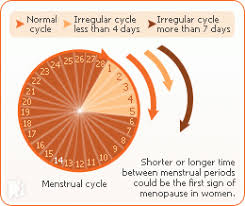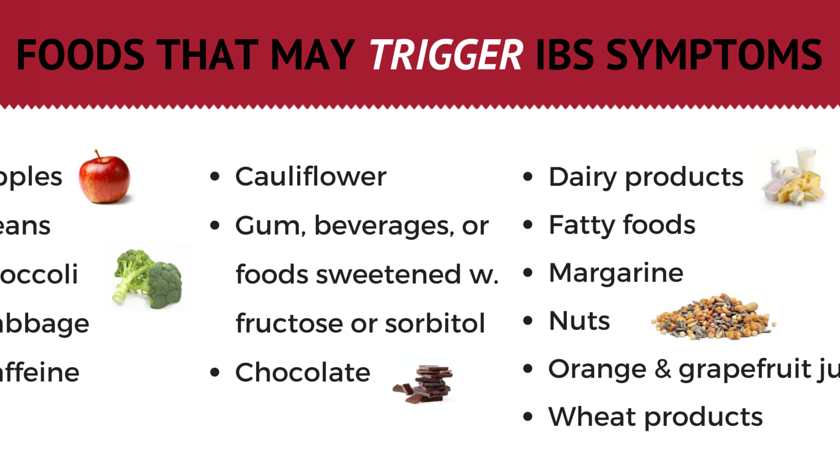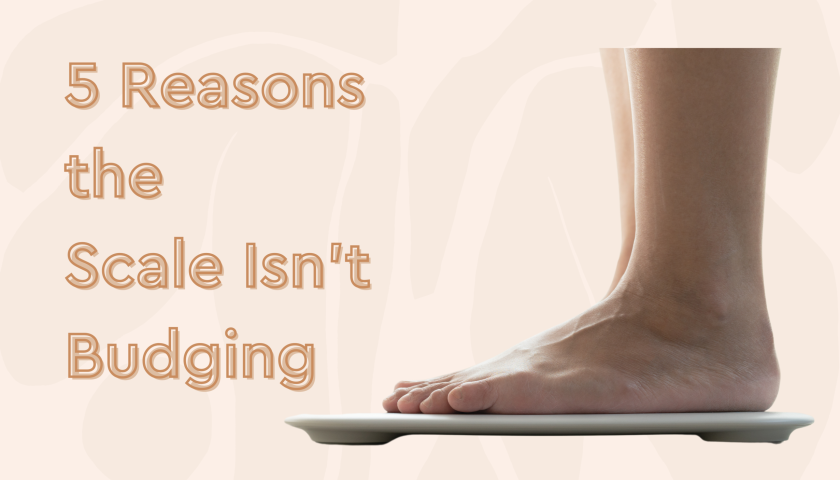Women can have various problems with periods / menstruation them. The problem may be not menstruate at all to severe and prolonged menstruation.
Menstrual pattern may be irregular, but if the distance between menstruation less than 21 days or more than 3 months, or if your period lasts more than 10 days then you should be aware of the existence of ovulation problems or other medical conditions.
1. Amenorrhea
Amenorrhea is no menstruation. This term is used for women who have not started menstruating after the age of 15 years (primary amenorrhea) and that stops menstruation for 3 months, but had been periods (secondary amenorrhea).
Primary amenorrhea is usually caused by hormonal disorders or growth problems. Secondary amenorrhea can be caused by low gonadotropin-releasing hormone (menstrual cycle regulator), stress, anorexia, extreme weight loss, thyroid disorders, heavy exercise, birth control pills and ovarian cysts.
2. Premenstrual syndrome (PMS)
Premenstrual syndrome (PMS) is a group of physical symptoms, emotions, and behaviors that commonly occur in the last week of the luteal phase (the week before menstruation). Symptoms usually do not begin until 13 days before the cycle, and completed within 4 days after bleeding begins.
Some of the symptoms of PMS are often perceived:
Breast tenderness and swelling Depressed, irritable, moody and emotional instability (mood swings)Not interested in sex (decreased libido)Acne periodic Abdominal bloating or cramps Headache or joint pain Difficulty sleeping Difficult defecation
3. Dysmenorrhea
Dysmenorrhea is painful menstruation. Menstrual pain occurs in the lower abdomen but can spread to the lower back and thighs. Pain can also be accompanied by severe abdominal cramps. Cramps are from contractions in the uterus, which is a normal part of the process of menstruation, and usually first felt when I started bleeding and continues up to 32-48 hours.
Dysmenorrhea experienced by adolescents are generally not due to disease (primary dysmenorrhea). On older women, dysmenorrhea can be caused by certain diseases (secondary dysmenorrhea), such as uterine fibroids, pelvic inflammation, endometriosis or ectopic pregnancy.
Symptoms of primary dysmenorrhea can be commuted with a pain reliever / anti-inflammatory such as ibuprofen, ketoprofen and naproxen. Exercise, compress with a hot water bottle, and warm baths may also relieve pain.
When menstrual pain is not relieved by pain medication, then chances are secondary dysmenorrhea caused by certain diseases.
4. Menorrhagia
Menorrhagia is the medical term for excessive menstrual bleeding. In a normal menstrual cycle, women on average lose about 30 ml of blood for about 7 days of menstruation. If bleeding exceeds 7 days or too heavy (over 80 ml), then categorized menorrhagia.
The main cause of menorrhagia is an imbalance of estrogen and progesterone in the body. The imbalance causes the endometrium continues to form. When the body get rid of the endometrium through menstruation, bleeding becomes severe.
Menorrhagia may also be caused by thyroid disorders, blood disease, and inflammation / infection of the vagina or cervix.
5. Abnormal Bleeding
Abnormal vaginal bleeding (excluding menses), among others:
Bleeding between menstrual periods Bleeding after sex Bleeding after menopause
Abnormal bleeding caused by many things. Your doctor may start by examining the most common problems in your age group. Serious problems such as uterine fibroids, polyps, or even cancer can be the cause of abnormal bleeding.
Both the adolescents and women approaching menopause, hormonal changes can cause irregular menstrual cycles.
Aejaz Iqbal
Microbiologist






